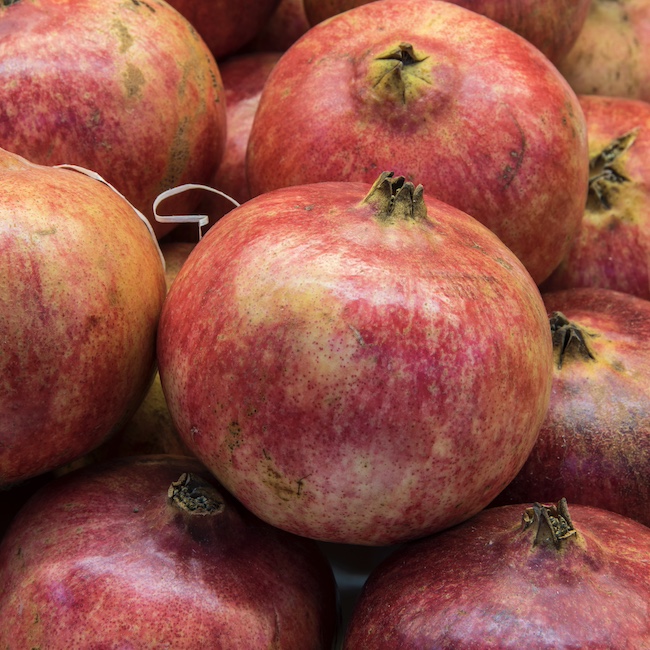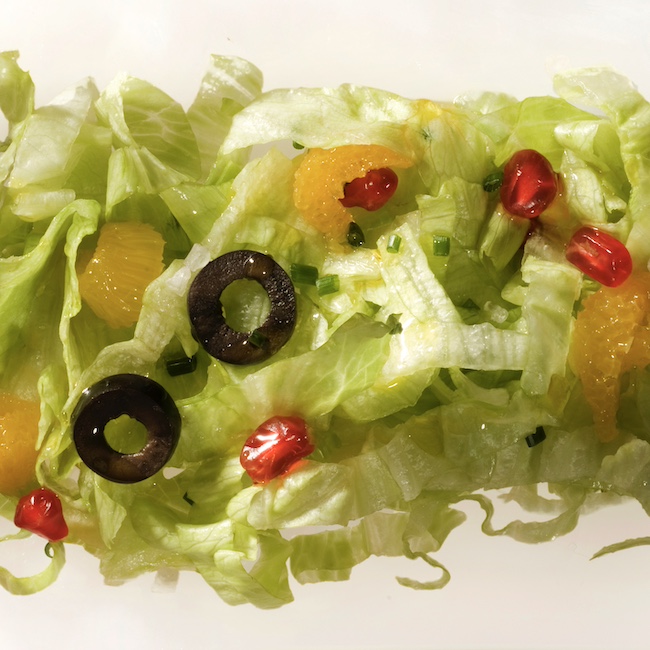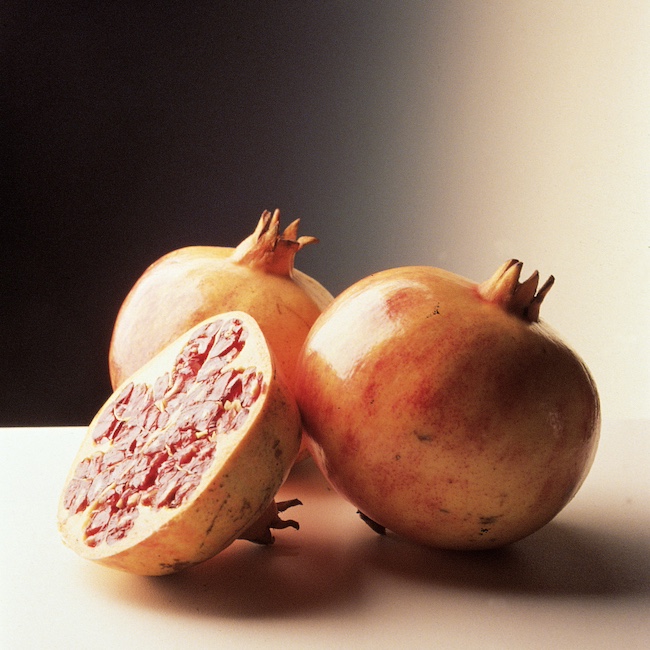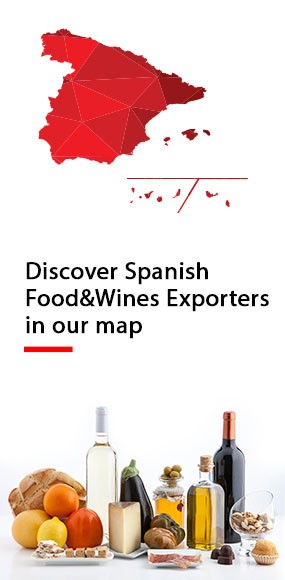.png.transform/rendition-xs/image_image%20(1).png)
Granada, a Fruit Spectacle
If there is a mysterious, intriguing, and surprising fruit, it is the granada -pomegranate in English-. If we were to record people's expressions of surprise when they open a granada for the first time, we would surely capture the very essence of astonishment. What awaits inside is an explosion of seeds in an attractive red color with a burst-like texture in the mouth. Although native to Asia, it has been cultivated for a long time throughout the Mediterranean basin and, in fact, Spain is the largest European producer. 85% of the pomegranates come from Alicante, and in fact, it is in that province, in Elche, where we find the most renowned variety: the Granada Mollar de Elche. There are more than 500 varieties of granada in the world, but among them all, the Queen is the this, as it is the only in the world with a Protected Designation of Origin (PDO), a recognition that was achieved in 2016.
A total of 40 municipalities from three regions in the south of Alicante (L'Alacantí, Vega Baja, and Baix Vinalopó) are part of the area protected by the Denomination of Origin. In this region, around 3,000 hectares are dedicated to granada cultivation, resulting in a production of approximately 50,000 tons per season.The fruit produced here is called the queen of granadas, and there’s a reason for that. “It is very different from other varieties, such as the Wonderful, which is semi-acidic or acidic, while the Mollar is sweet. Therefore, if we are looking for more sweetness, it's better to choose the latter. It should be labeled with a sticker identifying it as Mollar de Elche" says Toni Álvarez, manager and farmer at Granalma, a bio certified producer.

The PDO also gives value to the culture and history behind its cultivation, the centuries of tradition, the wisdom of the farming families and the unique characteristics of the territory where it is grown and which makes this granada different from the rest. In Elche, its history dates back to the 2nd–1st century BC, as seen at the La Alcudia archaeological site. Culturally, it is symbolized by "La Magrana" in the Misteri d'Elx, a UNESCO World Heritage medieval drama, where an aerial device representing the granada plays a key role during performances at the Basilica of Santa María. Following this rich history, behind the Granada Mollar de Elche there are now more than 500 farming families with a wisdom inherited generation after generation.
Between 40 and 50% of production of Mollar de Elche is destined for the domestic market and the rest is for export. The main destination is Europe, with France, the Netherlands, Italy, Belgium and the United Kingdom being the main countries.

How to eat a granada
But to reach that sweet flavor, you have to get to the inside and reach its edible part. The granada has a leathery rind that needs to be peeled to access its interior (and be careful because there’s a trick to this: the best way is to make square-shaped cuts around the crown to access the inside, then keep cutting to open it like an orange). The color of its exterior is a natural wonder, shaped by where it grows on the tree and how much sunlight it receives, ranging from pale pink to deep red. It is usually medium to large in size.
Inside, you'll find a whitish membrane arranged in several sections, each containing numerous seeds covered with a layer called sarcotesta and filled with juicy red pulp. The effort is worth it: this is where the concentrated sweetness of this unique fruit is found, and it’s these seeds, that seem to explode in your mouth when you bite them, that are used in a wide variety of recipes, both sweet and savory.

What makes Granada Mollar de Elche so special
The seeds of the Mollar pomegranate are softer and less bitter, making them easier to eat directly or use in various culinary preparations. It has less astringency, making it more pleasant to the palate, with a sweet taste and juicy pulp.
Michelin-starred chefs are big fans of granada. Among its admirers is Quique Dacosta, who does not hesitate to refer to it as “the caviar of vegetables.” Jesús Sánchez, owner of the three Michelin-star restaurant Cenador de Amós in Cantabria, also says it is a fruit that heralds the arrival of Christmas, directly associating it with its harvest and consumption season, which begins in October and usually extends until January.
For Sánchez, it’s a fruit that can be enjoyed in salads, “but also in juices, slushies, or ice creams, like lemon ice cream, where it can provide a contrast with its sweetness against the fruit's acidity.” One of the main ambassadors of this fruit is Susi Díaz, from the Michelin-starred restaurant La Finca (Elche). Her favorite combination is the fruit with dark chocolate, though she also says it always works well “just sprinkled over any salad” or “reduced to accompany meat dishes.”
Tasty and Good for your Health!
Granada is a low-calorie fruit with astringent and anti-inflammatory properties, making it ideal for detox and weight-loss diets. Among its minerals, it has a significant amount of potassium, which, combined with its low sodium content, makes it suitable for individuals with hypertension. In terms of vitamins, it contains small amounts of vitamin C and B-complex vitamins. The citric acid, which gives the fruit its characteristic acidic taste, enhances the action of vitamin C and helps eliminate toxins from all the body's organs. Regular consumption of granada leads to a decrease in systolic blood pressure (high blood pressure), reduces bad cholesterol (known as LDL), and improves blood sugar levels. Such is the granada—a reddish gem that is not only a pleasure for the palate but also an ally for health.

